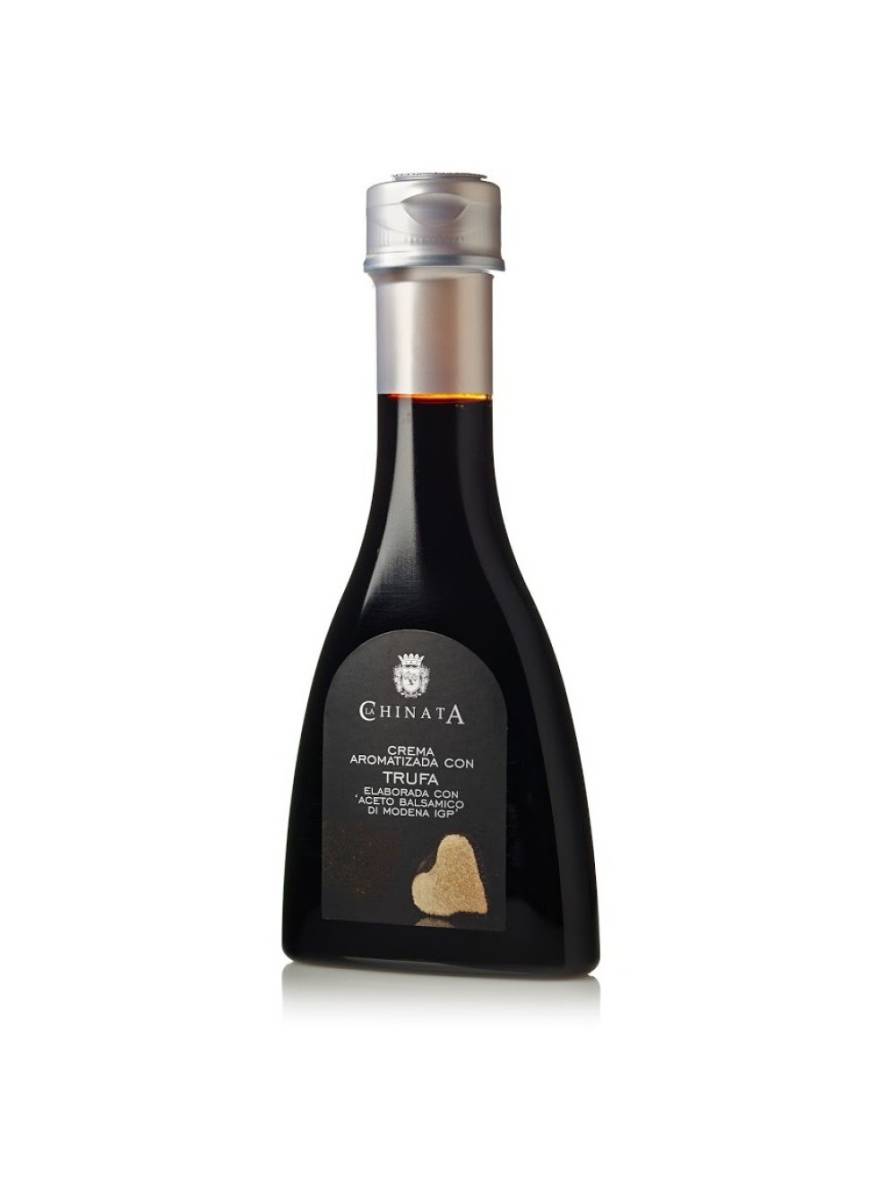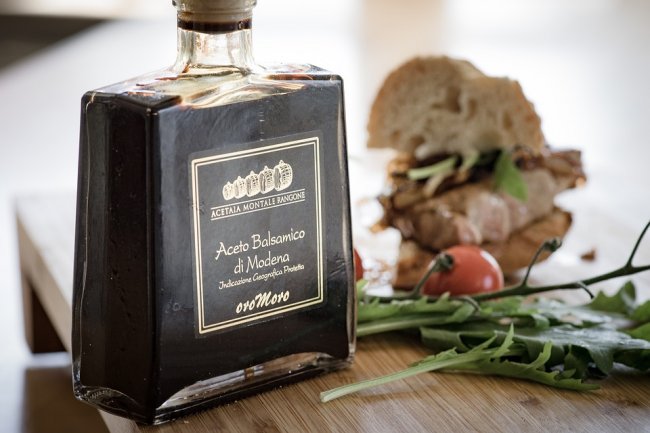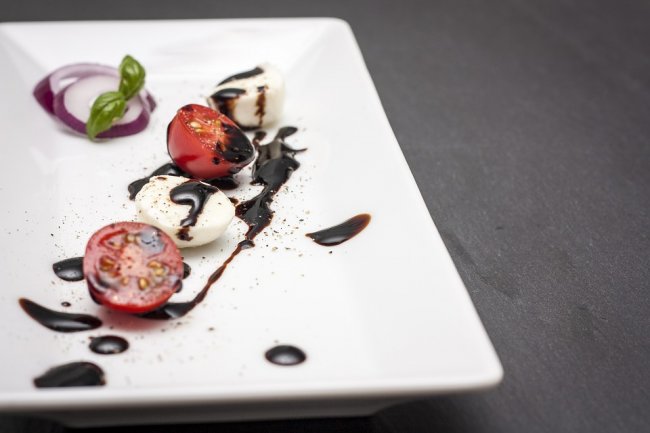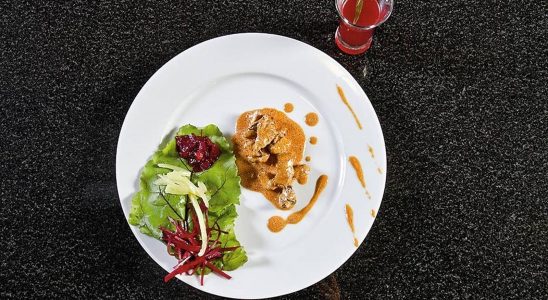Balsamic vinegar - Recipes ingridient

Balsamic vinegar is a seasoning used as a marinade and sauce. The history of its occurrence is very ancient. Back in 1046, the future king of Franconia, Henry II, was presented with a small barrel with an unusual product. This marked the beginning of the popularity of such vinegar among noble families of Italy and Europe. Rich Italian families made balsamic vinegar according to their special recipes, the nuances of manufacturing were kept secret and inherited. Such a gift was considered truly precious and spoke of wealth and the influence of the donor.
At first, the unique properties of balsamic vinegar were used only for medical purposes: they removed strong inflammations and were used in antimicrobial therapy. Because of this, the drugs were fiercely believed during the plague of 1503 and were taken in order not to become a victim of the disease.
His culinary properties were discovered much later. Adding a few drops to a variety of dishes, residents of the ancient Italian provinces believed that it prolongs youth and gives longevity. According to an old legend, Casanova himself used vinegar as an aphrodisiac.
Balsamic Vinegar Features

Real balsamic vinegar is made in the Italian provinces of Modena and Reggio Emilia. It is often confused with wine vinegar, but the technology of balsamic preparation is very different. Traditional make on the basis of the juice of special sweet varieties of white grapes and kept in barrels from 3 to 25 years. The most expensive balsamic vinegar is, of course, the oldest. Traditional expensive vinegar must be aged for at least 12 years. This product is very dark in color, has a sweet fruity aroma and a thick texture.
But in addition to expensive varieties, there is industrial vinegar – production is accelerated, but this vinegar does not last long, additional ingredients can be used, it reduces the cost of the process, and the output is a product similar in taste to the traditional “balsamic”.
There is also a third variant of vinegar – a mixture of traditional vinegar and industrial. It gives a richer and deeper taste, but makes vinegar more accessible to buyers.
Modern Italians, like their ancestors, greatly appreciate this seasoning, and special varieties aged for several centuries are inherited as the bride’s precious dowry.
Italian cooks consider: traditional “balsamic” – for special occasions, and inexpensive industrial – for every day. Indeed, many Italian dishes can no longer do without the raisin of balsamic notes.
Useful Properties

Balsamic vinegar is famous for its low calorie content, its valuable microelements and its ability to suppress pathogens in the body. Potassium, phosphorus, calcium, magnesium, sodium, iron, manganese, iron have a good effect on blood vessels and bone tissue. B vitamins stabilize the nervous system and brain activity, and polyphenols are one of the best antioxidants, improve heart function.
But in order to preserve all useful properties, vinegar should not be subjected to heat treatment!
Recipes with balsamic vinegar
Beef Stroganoff with beet and strawberry side dish
The great experimenter Pierre Gagnaire adds snails to beef in Stroganov’s style and makes beetroot in three ways. In general, beetroot is Ganier’s favorite vegetable, he wants to make a menu where it would appear on every point.
